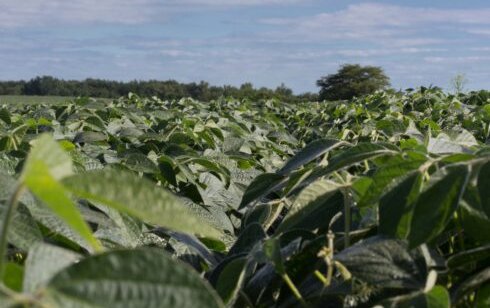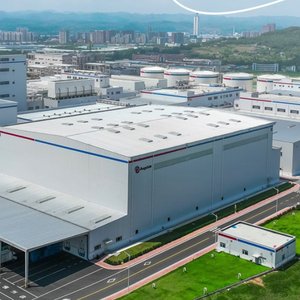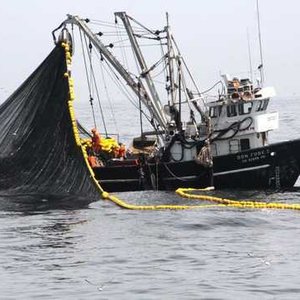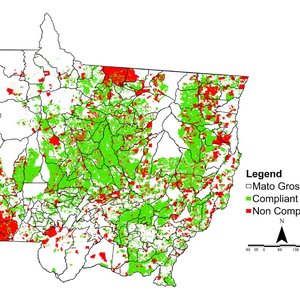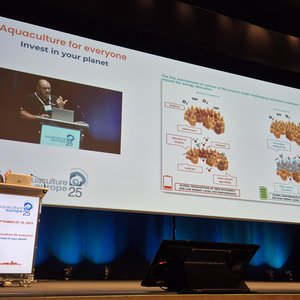U.S. Soy customers worldwide now have access to information about the carbon footprint of sustainably-verified soy exported with the U.S. Soy Sustainability Assurance Protocol (SSAP), facilitating their scope 3 emissions reporting.
The carbon footprint data is provided by the Global Feed LCA Institute (GFLI), an independent, nonprofit institute that provides environmental impact data on feed and food ingredients, including U.S. Soy crops.
GFLI’s database includes more than 1,800 datasets, with more data coming online soon. All GFLI datasets are calculated according to the institute’s methodology, which is based on the UN Food and Agriculture Organization’s Livestock Environmental Assessment and Performance Partnership (FAO-LEAP) guidance documents on animal feed supply chains and feed additives and is aligned with the EU Product Environment Footprint Category Rules (PEFCR) Feed.
“We are the first organization to use GFLI data in this way,” said Abby Rinne, director of Sustainability for the U.S. Soybean Export Council. “This exciting development will allow customers of U.S. soy to incorporate environmental impact data in their carbon accounting for scope 3 emissions reporting.”
When a U.S. Soy customer requests an SSAP certificate, they can also now request carbon footprint analysis to be included on the certificate. The carbon footprint data, pulled from the GFLI database, will provide the customer with a calculation based on the amount of soy purchased. “Connecting international buyers of U.S. soy to GFLI data through SSAP certificates provides access to valuable insights into the sustainability of feed and food ingredients, as well as credible information needed to meet reporting requirements,” said Delanie Kellon, GFLI executive director. GFLI's database of environmental assessments is globally accessible. It is designed to stimulate continuous improvement of environmental performance in the animal nutrition and food industry, as it allows the feed and food sectors to use data based on a harmonized methodology.
Learn more about the newly available carbon footprint analysis on SSAP shipments here.


